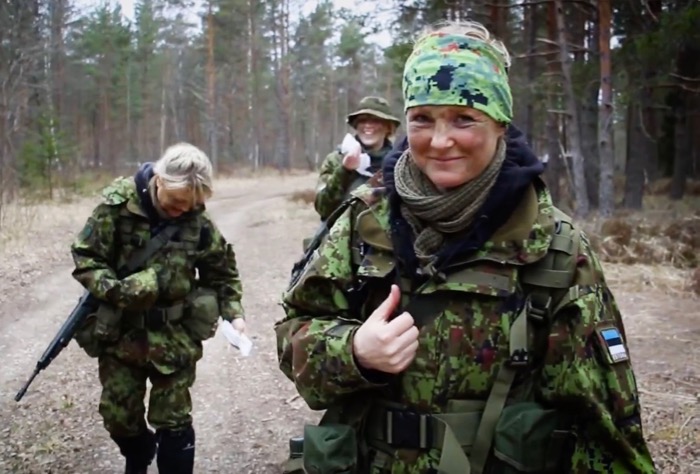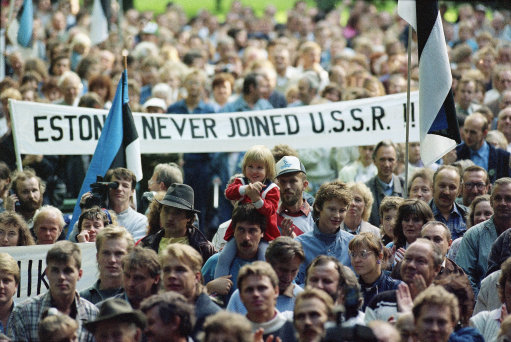Its commanders say, the Moscow journalist continues, that there are no “official statistics” about how many ethnic Russians and how many ethnic Estonians there are: “All of them are citizens of Estonia and it is inappropriate to divide them on an ethnic basis.” More than almost any other institution, the Kaitseliit is closely connected with the history of Estonia. It was formed in 1918 and existed until the Soviet occupation began in 1940. Then it was restored in 1990 and has existed since that time. It currently has more than 25,000 in its ranks. They “actively cooperate with local governments, the police, border guards, rescue organizations and fire departments,” she says.“a decade ago … the Kaitseliit was considered in the local Russian-language milieu as a purely national phenomenon. Now, however, along with ethnic Estonians ever more Russian speaking residents are joining its ranks.”
“Russians and Estonians … act together to put out fires and clean up spills as well as taking part in search and rescue operations.” Everyone works together: their ethnic backgrounds are irrelevant. Personal skills are what matter.
Trending Now
Read More:
- Estonian e-government system to eliminate administrative hell in Ukraine’s civil service
- What Ukraine can learn from Estonia’s healthcare and education reforms
- How big is Russia’s influence in Estonia?
- How the Ukrainian diaspora in Estonia helps fend off Russia’s hybrid war
- How Estonian Public Broadcasting creates an alternative to Russian propaganda
- Three years of Estonian support for Ukraine. The story of Vaba Ukraina
- “Donbas scenario” will not succeed in the Baltic States – former President of Estonia





